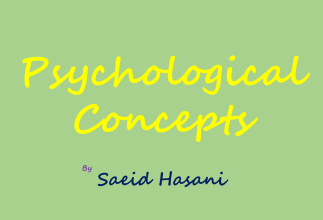The biopsychosocial (BPS) model and the biopsychosocial-spiritual (BPSS) model are both frameworks for understanding human health and behavior, but they differ in scope.
1. Biopsychosocial (BPS) Model
Developed by George Engel (1977)
Components:
- Biological: Genetics, neurobiology, physical health
- Psychological: Emotions, cognition, mental health, personality
- Social: Relationships, culture, socioeconomic status, environment
Used in: Healthcare, psychology, psychiatry, social work
2. Biopsychosocial-Spiritual (BPSS) Model
Expanded version of the BPS model
Adds the spiritual dimension, which includes:
- Meaning and purpose in life
- Religion, faith, or existential beliefs
- Connection to something greater than oneself
Used in: Holistic healthcare, counseling, pastoral care, addiction recovery, palliative care
Key Differences
| Model | Scope | Main Components | Application |
|---|---|---|---|
| BPS | Science-based | Biological, Psychological, Social | General healthcare, psychiatry, therapy |
| BPSS | Holistic approach | Biological, Psychological, Social, Spiritual | Palliative care, counseling, addiction recovery, existential therapy |
Which One to Use?
- If you focus on scientific and evidence-based approaches, the BPS model is sufficient.
- If you want to include meaning, spirituality, or existential factors, the BPSS model is more comprehensive.






2 comments On Psychological Concepts: BPS Or BPSS?
When I heard about BSS, I felt delighted because it is a mixture of biology, psychology, and sociology.
I think models that utilize several approaches work better.
I’m not sure yet, what do they mean by spiritual? I should search.